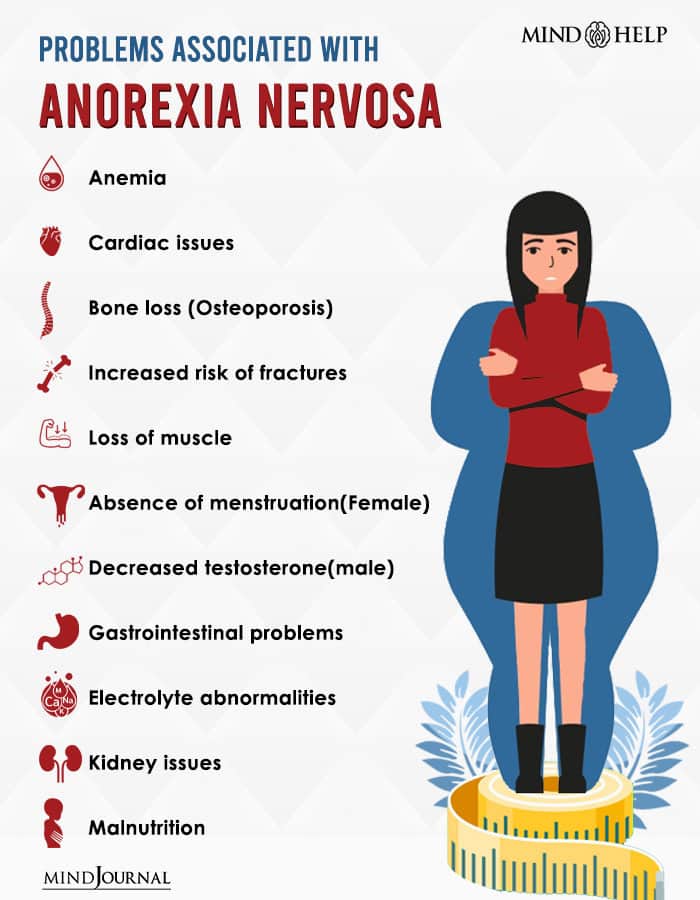Purging disorder is an eating disorder characterized by recurrent purging behaviors, such as self-induced vomiting, misuse of laxatives, and excessive exercise, without the presence of binge eating. Individuals with purging disorder typically have a distorted body image and an intense fear of gaining weight or becoming overweight.
The exact causes of purging disorder are not well understood, but it is thought to be related to a combination of psychological, genetic, and environmental factors. The disorder can be triggered by a variety of factors, including stress, trauma, and social pressures.
Purging disorder can have serious health consequences, as the repeated purging behaviors can lead to dehydration, electrolyte imbalances, and other medical complications. In addition, purging disorder can lead to psychological problems, such as depression, anxiety, and obsessive-compulsive disorder.
Diagnosing purging disorder involves a thorough evaluation by a healthcare professional, including a physical exam and medical history. Tests may be conducted to rule out other medical conditions that may be causing the symptoms.
Treatment for purging disorder typically involves a combination of psychological and behavioral interventions. The primary goal of treatment is to help individuals with purging disorder develop a healthier relationship with food and their body. Cognitive-behavioral therapy (CBT) is often used to help individuals identify and change their distorted thoughts and beliefs about food, weight, and body image. Family-based therapy may also be recommended for adolescents with purging disorder.
In addition to psychological interventions, nutritional counseling may be helpful in addressing any nutrient deficiencies and promoting healthy eating habits. In some cases, medication may be prescribed to address underlying psychological conditions that may be contributing to the disorder.
Preventing purging disorder involves promoting healthy eating habits and addressing underlying psychological conditions that may increase the risk of developing the disorder. Educating individuals and families about the risks and consequences of purging disorder is also important in raising awareness and reducing the stigma associated with seeking treatment.
Purging disorder is an eating disorder characterized by recurrent purging behaviors, such as self-induced vomiting, misuse of laxatives, and excessive exercise, without the presence of binge eating. While the exact causes of purging disorder are not well understood, it is thought to be related to a combination of psychological, genetic, and environmental factors. Treatment for the disorder typically involves a combination of psychological and behavioral interventions. If you or someone you know is struggling with purging disorder, it is important to seek the help of a healthcare professional as soon as possible.




